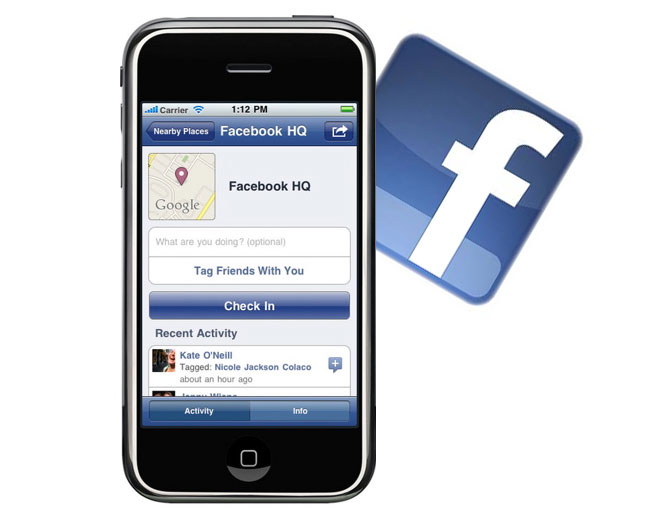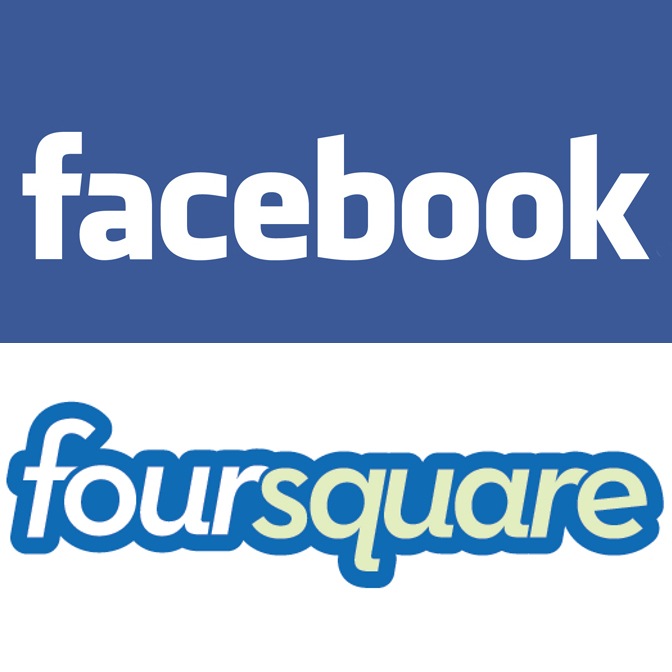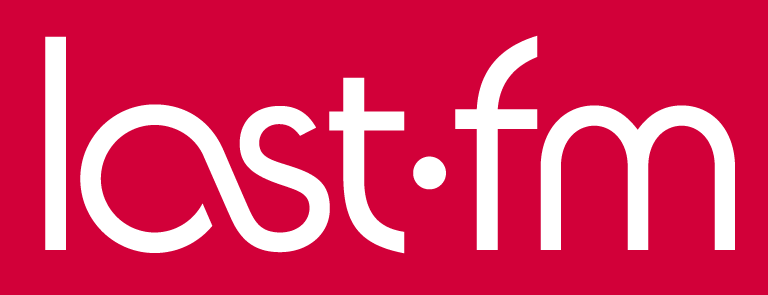
I am a huge Foursquare users. I registered the day that it launched at SXSW, I’m mayor of sixteen places and have checked in over 450 days. Whenever i go to a place, i immediately think of checking in. I’ve also tried out all of the competitors, such as Loopt and Gowalla. While those are ok, Foursquare was the best for me.
So, when Facebook launcehd “Places” i was curious to give it a shot. And after just a few days, I think it’s going to be a viable competitor and will keep many mainstream users from ever using Foursquare. Here’s why:
There are three reasons why people use Foursquare:
- Socially. To tell their friends where they are so they can join them.
- As a game. To become “mayor” of a place and to check in more than other people
- MyWare. To log where in the world you’ve been
The first reason – to connect with your friends – is the most powerful and is the reason most people use a service like this. The main issue with Foursquare is that not many of their friends are on it, so this didn’t happen for most. It only worked this way for power users and early adopters who have other power users and early adopters as friends (people like me). This is where FB Places shine. The first day of using it, i had more friends on it than on Foursquare and it was immediately more useful for me. I could actually see where many of my friends were. Foursquare never did this well.

The second reason – to play as a game and to become a mayor – doesn’t work for FB Places. There is no game in Facebook. It’s just to connect. I can see rewards happening in the future the same way that some restaurants or shops post messages on their FB pages for free coffee or cupcakes. I actually do miss this on FB. I found myself not checking into a place this weekend for a second time because i asked myself, “what’s the point?” I knew it would annoy my friends and i was leaving soon anyway. I checked on Foursquare but not FB.
The third reason will never happen on Facebook but will on Foursquare. You can see my stats page here. It’s great to see and view all the places i’ve been. Will most users like this? Not at all. I’m a rare breed in my love of tracking myself.
To sum up, i really think FB Places is going to crush it. Despite Friday being the biggest day in Foursquare history and their claim that the rising tide will raise all ships, I think that unless Foursquare can continue to out innovate Facebook, I think FB will leave Foursquare behind in the dust. Once again, Facebook proves taht although it’s large and has an amazingly large userbase, they aren’t afraid to make big changes and innovate. This is why they are the internet king right now. Did anyone think that Yahoo! if they couldn’t buy Foursquare would actually build something. Yeah right.





 This is the only reason i know of that people use Last.fm. People want to know what their most popular track is and it’s interesting to see what are the most played tracks. Where does this lead? It leads to last.fm being the Neilsons or Comscore or Billboard of the future. This site will tell us what’s popular and by who. In my mind, this is the future they have. I wonder if CBS is regretting paying $280 million in cash for them.
This is the only reason i know of that people use Last.fm. People want to know what their most popular track is and it’s interesting to see what are the most played tracks. Where does this lead? It leads to last.fm being the Neilsons or Comscore or Billboard of the future. This site will tell us what’s popular and by who. In my mind, this is the future they have. I wonder if CBS is regretting paying $280 million in cash for them.


